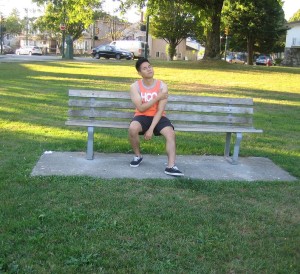Shoulder bone spurs causes intense pain in the shoulder area along with diminished range of motion. A bone spur is a projection forming on the edges of the bones and joints.
What are the causes?
Osteoarthritis is the main cause for the formation of bone spurs. They are typically due to the natural wear and tear linked with the aging process. Many individuals above the age of 60 have bone spurs.
Any form of traumatic injury to the shoulder or even instability can lead to the development of shoulder bone spurs.
What are the indications of shoulder bone spurs?

Shoulder bone spurs do not usually trigger any symptoms unless the projections compress on a nerve root which triggers intense pain. If a diagnosis of osteoarthritis is confirmed, the severity of the pain intensifies especially during activity.
During activity, these bony projections tend to compress on the neighboring nerves. This results to pain that is achy or dull but can become sharp during certain movements.
The pain settles with rest and a period of inactivity. Aside from the pain, those who have shoulder bone spurs have diminished range of movement along with evident swelling and tenderness upon palpation.
Management
There are 2 modes in managing shoulder bone spurs – conservative and surgical.
Conservative
The conservative approach in managing shoulder bone spurs includes non-steroidal anti-inflammatory drugs (NSAIDs), stretching exercise, physical therapy, application of ice and rest.
In case these measures failed to manage the symptoms, the doctor might consider a corticosteroid injection into the sore area to reduce the pain and inflammation.
Surgical approach
If the conservative measures are not effective in alleviating the symptoms, the surgical approach is needed to get rid of the bony projections to provide relief to the symptoms of shoulder bone spurs.
